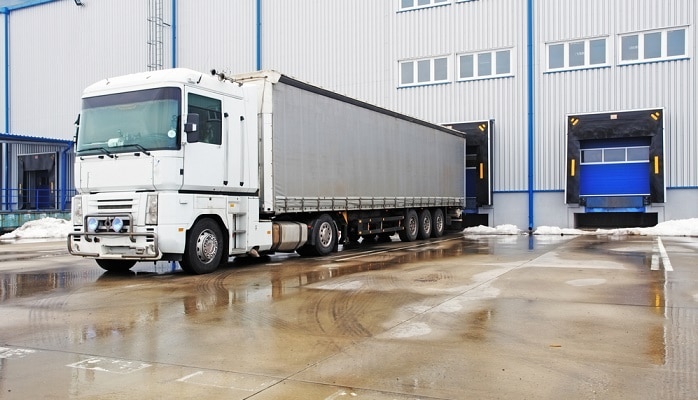Logistic Providers in St. Louis: What are Blister Packs?
Among the 3PL services that logistic providers in St. Louis may offer, one of the most valuable is the ability to create blister packs. Blister packs are types of packaging usually made of clear plastic that have a bump to hold the product. Shifting the process of blister packing down the supply chain can significantly reduce both shipping costs and time frames.
An Introduction to Blister Packs
Blister packs span a wide range of different types of packaging. When you push a pill that sits in a bubble through a thin backing, you’re using a blister pack. Pens and pencils that are packaged in a piece of clear plastic glued to a cardboard backing are also blister packaged. Clamshell packaging, which is a package made of hinged clear plastic that completely surrounds the item — common with consumer electronics items — are also types of blister packaging.
Blister Packaging Advantages
Companies want their logistic providers in St. Louis to provide blister packaging because it is an effective way to package their products.
- Blister packaging offers exceptional visibility for the product while also leaving room for descriptive and marketing copy and images on the packaging.
- Blister packaging can frequently be designed to facilitate easy display on peg boards and other retail store fixtures.
- Blister packaging groups products together, allowing companies to design sale quantities for maximum profit and efficiency.
- Blister packaging provides excellent protection for the products it holds.
- Blister packaging can make small high-value items larger and harder to shoplift while eliminating the need to place security measures on the actual item.
Blister Packaging Disadvantages
Leaving consumer concerns with hard-to-open clamshells aside, when blister packaging gets applied too soon in the supply chain, it also has some real disadvantages:
- Blister packs add weight, increasing shipping costs.
- Blister packs add bulk, increasing the size of each item which both increases shipping and warehousing costs. Many are irregularly shaped, further exacerbating the problem.
- Blister packs can be dented or scratched in shipping, leading to a need to re-package the item.
A Better Way to Blister Pack
Moving the blister packaging process further down the supply chain can give you all of the advantages of blister packaging while minimizing their disadvantages. As an example, consider a shipment of 10,000 HDMI cables, used to connect home entertainment components. Those cables leave the factory in China, tightly bulk-packaged into a container filled with relatively small and easy to handle boxes. They get shipped to a port in Los Angeles. At the port, the bulk-packed boxes get trucked to a warehouse in the Inland Empire. That distribution empire divides them up and sends a few boxes’ worth to each regional distribution center as a part of a larger rail center.
The retail operation that orders the cables use logistic providers in St. Louis and in other cities to operate their distribution centers. Those providers unpack the bulk-shipped cables and blister package them into the heavier and bulkier clamshell packages. They then get re-boxed and delivery-trucked to stores within a few hundred miles.
By using logistic providers in St. Louis and elsewhere to blister pack, the company gets all of the benefits where it needs it — at the point of sale. It also eliminates almost all of the costs associated with shipping blister packaged merchandise.
[gravityform id=”3″ name=”Contact Form Short”]





Leave a Reply
Want to join the discussion?Feel free to contribute!